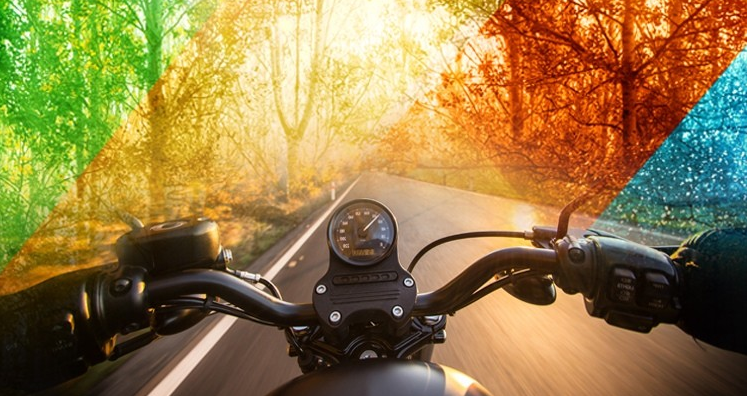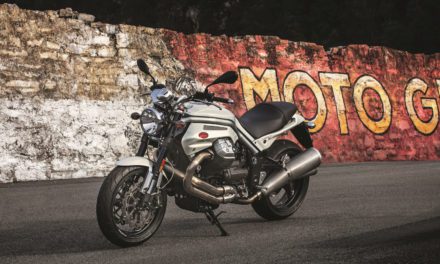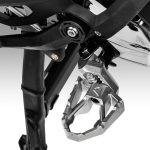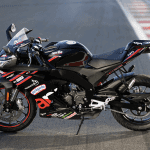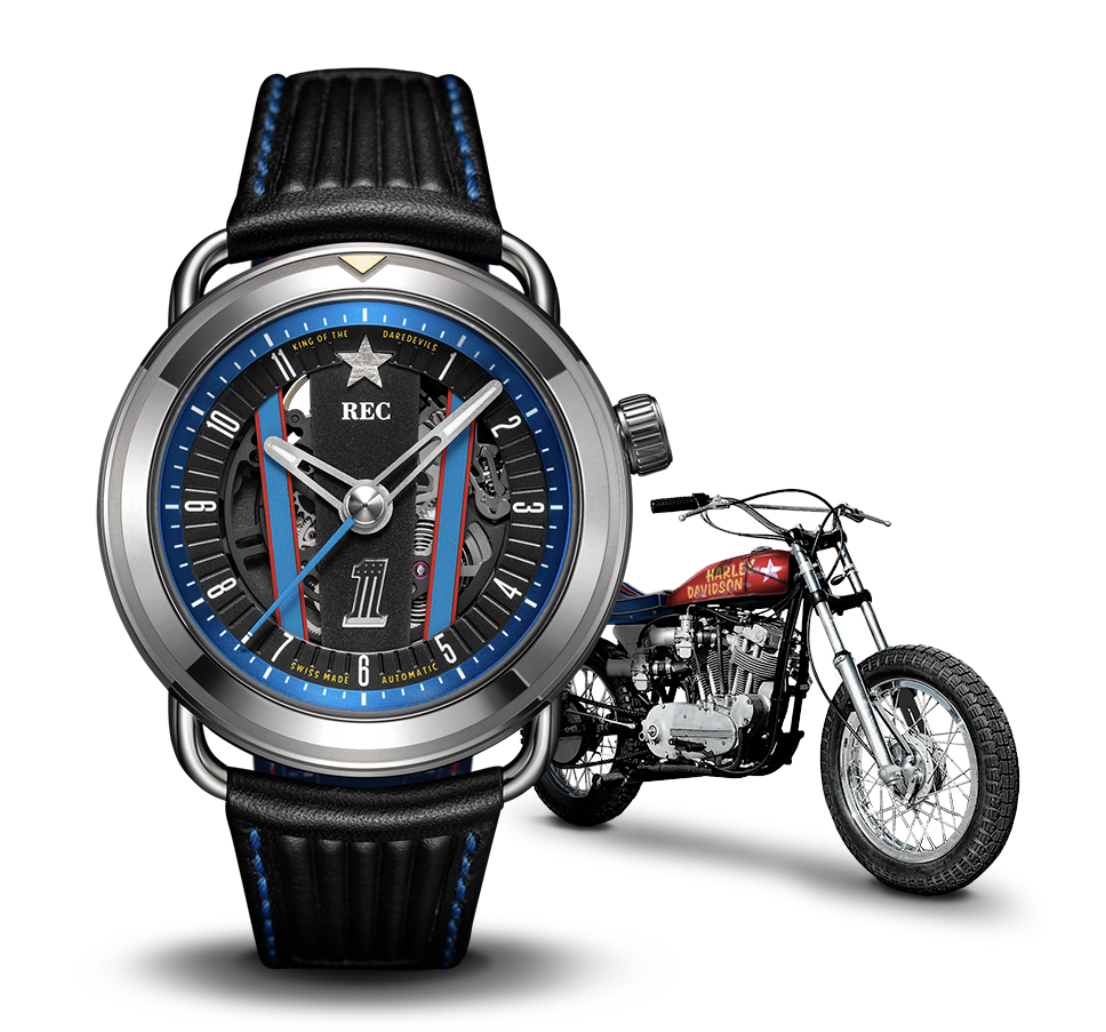| 1. Wear a helmet “Not only is it a legal requirement to wear a helmet, but it is also incredibly important for your well-being – especially as 80% of motorcycle fatalities involve head injuries! We recommend a helmet with a good SHARP safety rating, with top brands including Shark, Bell and Arai. You should also remember that visibility is incredibly important for riding safely. As such, a brightly coloured helmet is a great way to keep yourself out of harm’s way.” 2. Wear appropriate gear “While motorbike gear can be expensive, your safety is paramount. Examples of road-safe gear include goggles, leathers in the form of pants, chaps or a jacket, boots and non-slip gloves. You can add and subtract gear depending on weather conditions and be smart – no need to wear full leather in the warmer autumn months – but appropriate gear can protect you from the elements, road rash and debris, if necessary.” 3. Take a safety course “Knowing the rules of the road is vital to safely travelling on a motorbike. While some actions may be straightforward, a safety course may help you to prepare for any unexpected events on the road. A road safety course can also be taken as part of an advanced riding course, allowing you to develop and improve your capabilities while riding. These courses allow you to learn moves such as collision avoidance, new ways to brake and advanced turning.” 4. Inspect your bike before every ride “Checking all components of your motorbike, such as your turn signals, brakes, fuel levels, oil levels, mirrors, handlebars, horns, taillights, headlights and tyre pressure before setting off is vital. Such action will minimise your risk of a ride going wrong. This does not have to be an in-depth check – usually, a visual once-over will suffice. Remember that different weather conditions may require adjusting your bike, such as inflating or deflating tyres.” 5. Obey the rules of the road “Following the speed limit and using your signals is not only useful to other drivers but vital for protecting both yourself and others. Speeding can lead to careful mistakes or cause accidents, while using your signals enables others to predict your next move and drive accordingly. Similarly, following traffic rules, such as a sign telling you to slow down on the motorway, can help you safely avoid problems, such as debris ahead, without crashing.” 6. Keep your distance “When driving you are in control of your own vehicle, but you are not in control of the vehicles around you. By following safety rules you mitigate risk, but a safe separation distance is vital to ensure you have time to stop if a vehicle ahead encounters a problem, such as stopping suddenly. In addition to this, many motorbike accidents happen due to a driver not being able to see the motorbike in question. As such, you should drive defensively, wear reflective or bright clothing and make sure to stay far away enough from the vehicle in front that you are not in their blind spot.” 7. Carry a first-aid kit “Many motorbikes have a top box in which you can store tools, accessories or your possessions. Placing a first-aid kit inside your top box is resultantly a great idea in case of injury. Items inside your first-aid kit should include disinfecting wipes, hand sanitiser, gauze, burn compression bandages, disposable PVC gloves, band-aids and adhesive tape. While these may not have a significant impact in a serious collision, they may help in minor incidents, such as a fall at a red light.” |
7 Autumn Safety Riding Tips
